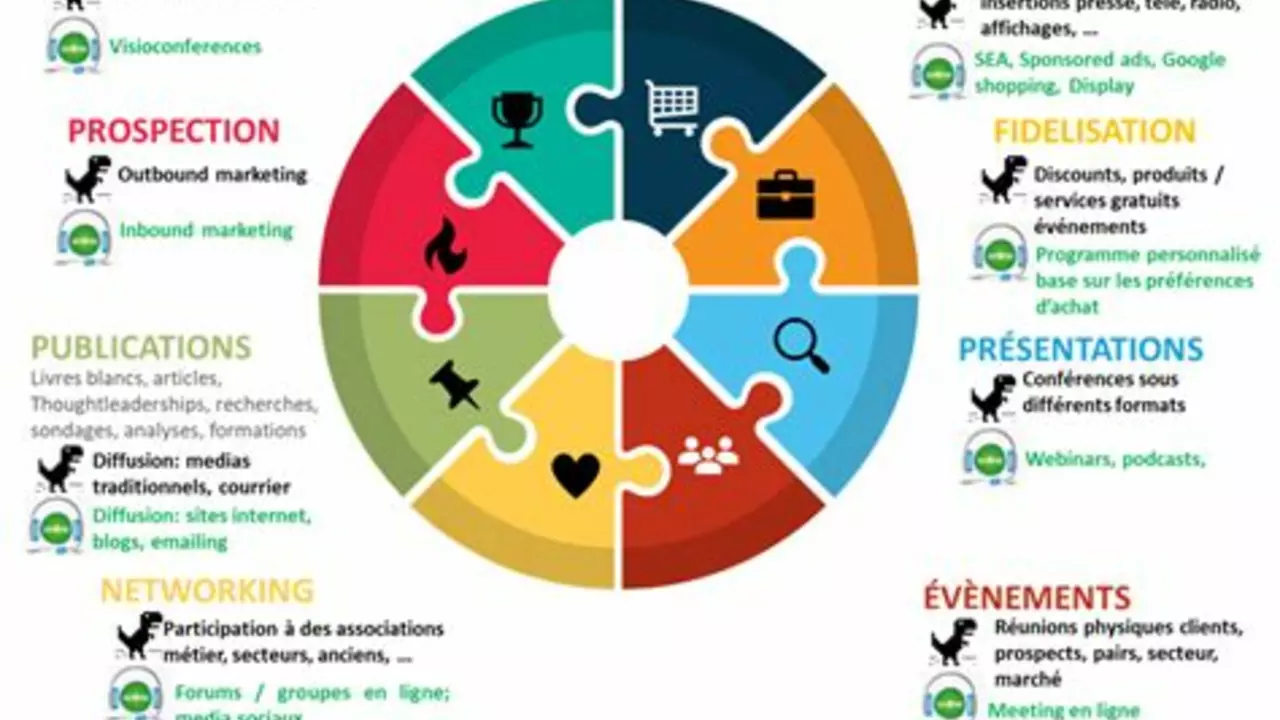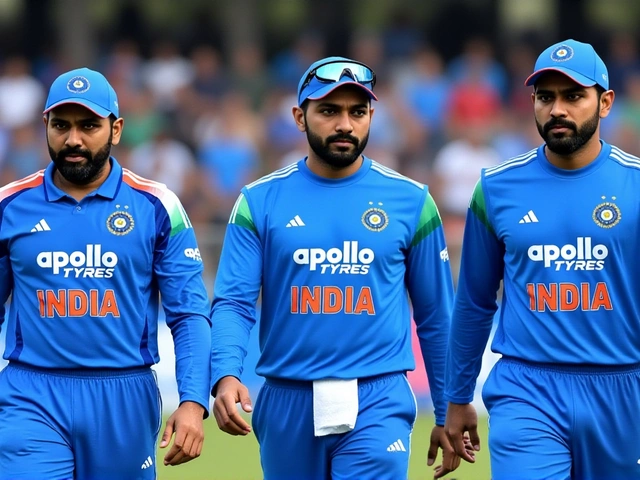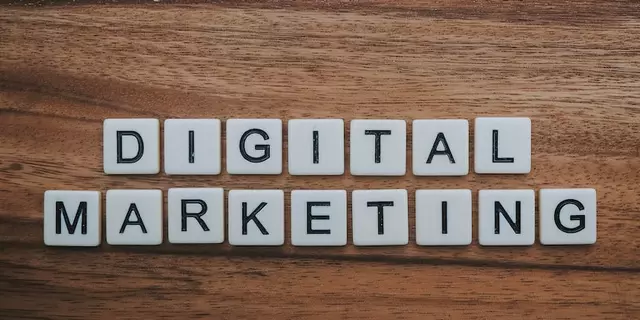Understanding Traditional and Digital Marketing
As we delve into the world of marketing, it's critical to understand the two main categories: traditional marketing and digital marketing. Traditional marketing encompasses techniques that have been utilized for decades. These include print advertising, billboards, direct mail, and even television and radio commercials. On the other hand, digital marketing utilizes the internet and digital platforms to reach consumers. This can be through social media advertising, email newsletters, search engine optimization, and more.
Many businesses find themselves stuck between these two forms of marketing, unsure of whether to stick with tried-and-true traditional methods or to venture into the fast-paced, ever-evolving world of digital marketing. But the question should not be whether to choose traditional or digital marketing, but rather how can these two work together effectively?
Complementing Each Other’s Strengths
The strengths of traditional and digital marketing can complement each other very well. For instance, traditional marketing is excellent at reaching a broad audience and establishing brand recognition. A well-placed billboard or a catchy radio ad can reach thousands of potential customers, and these techniques can be great for getting your brand's name out there.
On the other hand, digital marketing excels at targeting specific demographics and tracking performance. With digital marketing, you can fine-tune your advertisements to reach specific age groups, locations, or even individual interests. Furthermore, digital marketing allows you to track the performance of your advertisements in real time, providing invaluable data that can help you refine your strategy.
Integrating Traditional and Digital Marketing Strategies
An effective marketing strategy should integrate both traditional and digital marketing techniques. For example, you could use print advertising or direct mail to build brand recognition and then use digital marketing techniques to target specific demographics and track performance. Another approach could be to use traditional marketing techniques to drive traffic to your digital platforms. For instance, you could use a QR code on a billboard or a call to action in a radio ad to encourage consumers to visit your website or follow you on social media.
Remember, the goal of marketing is to reach as many potential customers as possible and to convince them to choose your product or service. By integrating traditional and digital marketing techniques, you can reach a broader audience and more effectively convert potential customers into actual customers.
Pulling Off a Successful Hybrid Marketing Campaign
Pulling off a successful hybrid marketing campaign requires careful planning and execution. First, you need to understand your target audience. What are their interests, their needs, their behaviors? Once you have a clear understanding of your target audience, you can develop a marketing strategy that effectively appeals to them.
The next step is to choose the right mix of traditional and digital marketing techniques. This will depend on a variety of factors, including your budget, your industry, and your specific goals. For instance, if you're a small local business with a limited budget, you might focus more on traditional marketing techniques, such as print advertising and direct mail. On the other hand, if you're a tech startup looking to reach a global audience, you might focus more on digital marketing techniques, such as social media advertising and search engine optimization.
Measuring the Success of Your Hybrid Marketing Strategy
Finally, it's crucial to track the success of your hybrid marketing strategy. This can be a bit more challenging with traditional marketing techniques, as they don't provide the same level of data as digital marketing techniques. However, there are still ways to track the success of your traditional marketing efforts. For instance, you could include a unique URL or phone number on your print ads or billboards and then track how many people visit that URL or call that number.
With digital marketing, tracking success is much easier. You can use analytics tools to track everything from how many people view your ads to how many people click on your ads to how many people make a purchase after clicking on your ads. By tracking these metrics, you can gain a clear understanding of what's working and what's not and adjust your strategy accordingly.
In conclusion, traditional marketing and digital marketing shouldn't be seen as competitors, but rather as partners. By integrating these two forms of marketing, businesses can reach a broader audience, more effectively target specific demographics, and track the success of their marketing efforts in real time. So, can traditional marketing and digital work together? The answer is a resounding yes!






